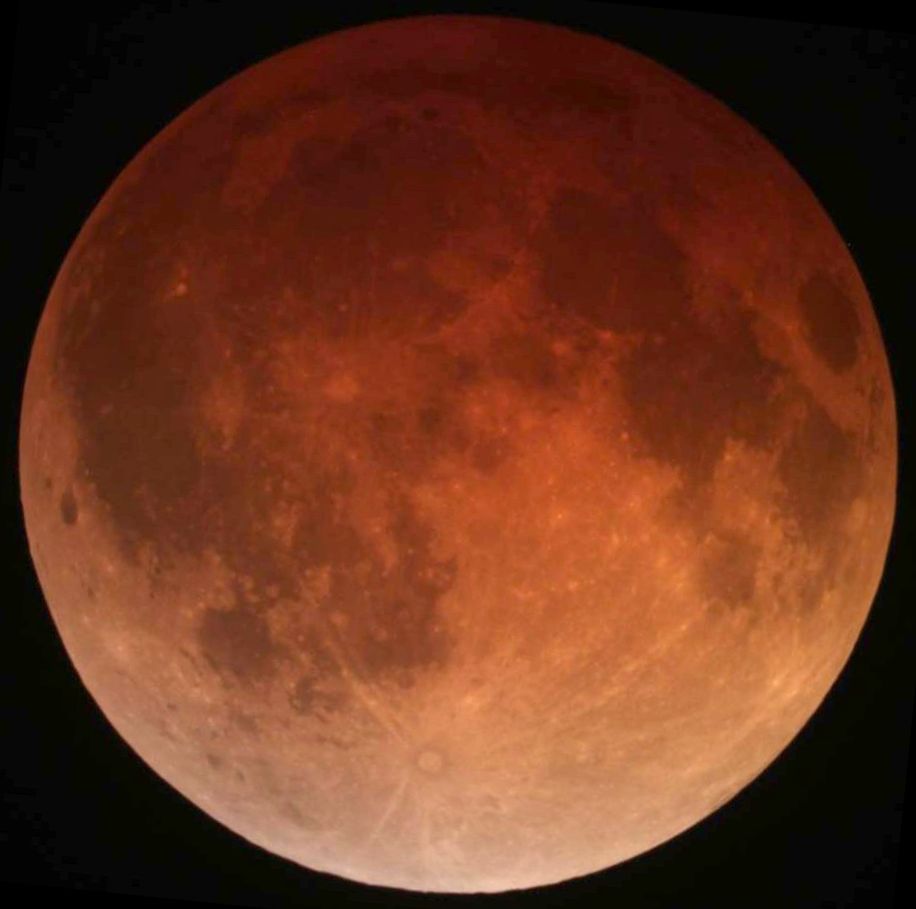
Total Lunar Eclipse 2015
| What | View a total lunar eclipse |
| When | Sunday, September 27, 7:00pm - 11:00pm |
| Where | Tombaugh Observatory |
On Sunday, September 27, the Moon will pass directly behind the Earth, such that the Sun, Earth, and Moon could be connected by a straight line of length roughly 93 million miles. Not only will the Moon necessarily be full during this eclipse, it will also appear red in color, since blue sunlight has been scattered away and red sunlight has been refracted back toward the Moon. The total eclipse on September 27 will begin at 8:11PM and last for 1 hour and 12 minutes. The maximum eclipse will occur at 8:47PM, so make sure to be outside looking at the sky at that time!
The graphic below demonstrates the geometry of the eclipse, as well as some associated terminology. The dark red cone shape behind the Earth is called the "Umbra", and represents the area where sunlight is blocked by the Earth. A total lunar eclipse occurs when the Moon passes through Earth's Umbra and no longer sees direct sunlight. The reason we don't see a lunar eclipse every month is that the Moon's orbit is tilted by 5 degrees with respect to Earth's orbit, and this causes the Moon to avoid Earth's Umbra most of the time.

The image below was taken during the most recent lunar eclipse, which occurred on April 15, 2015. On September 27, 2015, we will see a similarly full and red-colored Moon (sometimes called "Blood Moon"). We invite you to join us for a detailed view of the eclipse through the telescopes at Tombaugh Observatory!

| Event Location | ||
|---|---|---|
| Tombaugh Observatory, NMSU campus map |
||
|
||
| Sponsors: NMSU Astronomy Department (575-646-4438) Las Cruces Museum of Nature & Science Contact: Sten Hasselquist sten at nmsu.edu |
||